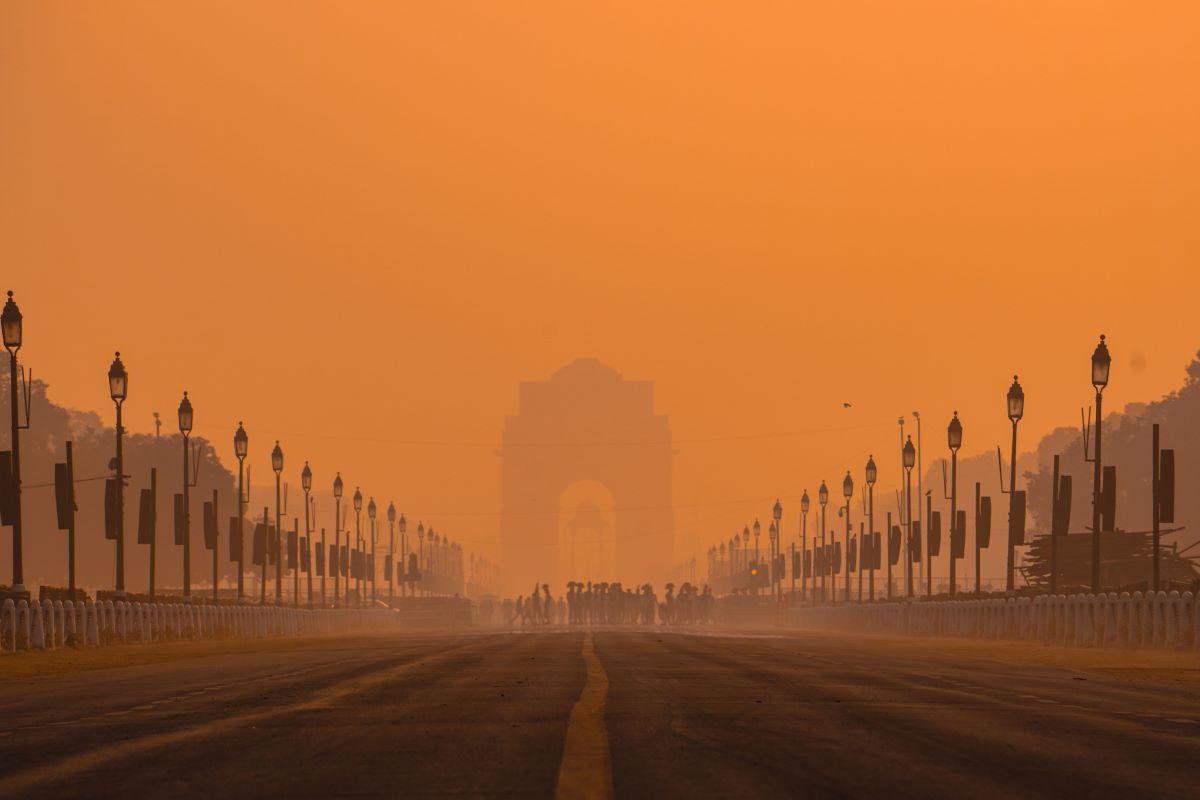Delhi’s Air Pollution Clouds India’s Inbound Tourism Revival

Skift Take
Despite a strong domestic and outbound market, India’s inbound tourism has been lagging behind. The country’s inbound arrivals of a little less than 10 million tourists last year was only 90% of the 2019 high of almost 11 million arrivals.
October to March is the peak season for inbound tourists to arrive in the country and the main ports of entry are usually the Indian metros of Delhi and Mumbai. However, the Indian capital of Delhi and neighboring north Indian states are currently grappling with severe air pollution.
The pollution situation is ill timed as this is usually the period when travelers visit Delhi before heading to destinations like Agra, Jaipur, and Varanasi.
“Tour cancellations, shorter itineraries, and reduced bookings are becoming common, affecting the revenue streams of inbound operators,” said Rama Mahendru, country general manager for India at Intrepid Travel.
Pollution and Tourism
Parts of Delhi have an Air Quality Index (AQI) value of above 500. For reference, according to open-source air quality tracking website AQI, New York has an AQI of 13, while the AQI in Washington is around 11.
The air pollution at this time of year is because of a combination of unfavorable meteorology, and emissions from traffic, wood and waste burning, agricultural residue burning, and construction activities, according to R Subramanian, sector head — air quality at the Center for Study of Science, Technology & Policy.
“As India’s capital and a gateway to many destinations, Delhi plays a crucial role in shaping tourists’ perceptions of the country. Unfortunately, the rising air pollution is casting a shadow over the city’s appeal, impacting inbound tour operators and the overall tourism ecosystem,” said Mahendru.
While pollution levels have been a concern in the past years, this year there has been an alarming rise in the AQI levels, said Dipak Deva, managing director of Travel Corporation India. According to Deva, Delhi’s pollution will also disrupt the conference business.
“This has also caused a lot of negative publicity for the destination in international media. Several foreign tour operators have expressed concern. Air pollution is deterring tourists from visiting India, and it is also causing tourists to shorten their stay,” Deva said.
The Impact on Delhi Hotels
Pollution is expected to persist till February, according to Subramanian, leading to an adverse impact on Delhi and subsequently India’s inbound tourism prospects.
Delhi-based hotels have been working to set off the impact of pollution.
Indian Hotel Company (IHCL)-operated Taj Mahal, New Delhi said it has implemented Swedish technology air systems across the hotel to control pollution. “We have also established a monitoring system that tracks carbon dioxide levels and have an advanced ventilation system that maintains prescribed air changes per hour,” said Anmol Ahluwalia, area director — operations and general manager at Taj Mahal, New Delhi.
Similar measures have also been adopted by The Leela Ambience Convention Hotel, Delhi. “However, individual efforts alone are not enough,” said general manager Harkaran Singh. “Meaningful change will only come from collaboration between industries, policymakers, and communities. Steps like stricter emissions controls, expanding urban green spaces, and increasing public awareness can play a significant role in improving air quality.”
Hotels outside Delhi are witnessing a steady inflow of guests as people from the city and nearby areas look to escape the pollution. Six Senses Vana in Dehradun is one such hotel.
“We have witnessed a growing demand for bookings from Delhi-NCR residents seeking to escape the city smog, particularly during this time,” said Jaspreet Singh, general manager at Six Senses Vana. “Also, these bookings have a very short lead time, with some even coming in a day or two before the stay. Also, unlike the rest of the year, travelers during this period are opting for long stays with length of stay going up to 9-14 nights.”
Speaking about the impact of pollution on a tourist destination, Subramanian said that over time, air pollution can lead to the discoloration of monuments and other tourist attractions. This could further dissuade tourists from visiting these historical places.
“Studies have shown that the deposition of soot and dust led to the discoloration of the Taj Mahal and Notre Dame. Tourist destinations should avoid such emissions.”
Deva recommends adopting sustainable tourism practices across the travel industry. "Encouraging sustainable experiences, tours where carrying capacity aligns with government norms, adopting sustainable practices and choosing sustainable modes of transportation would be helpful," he said.





